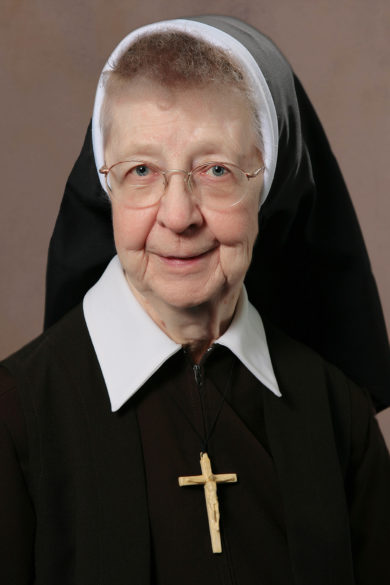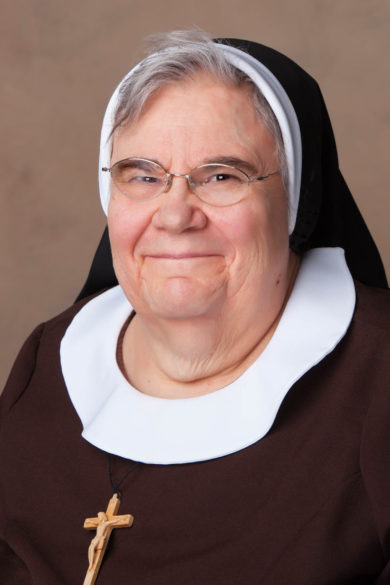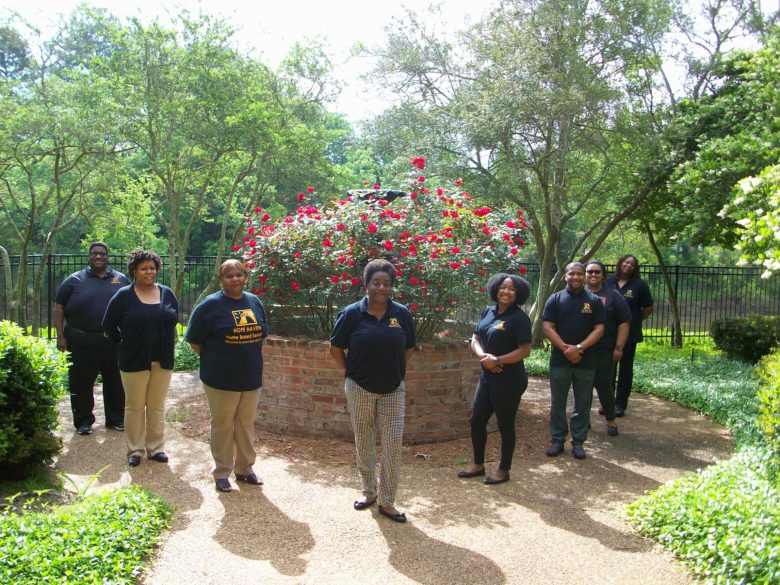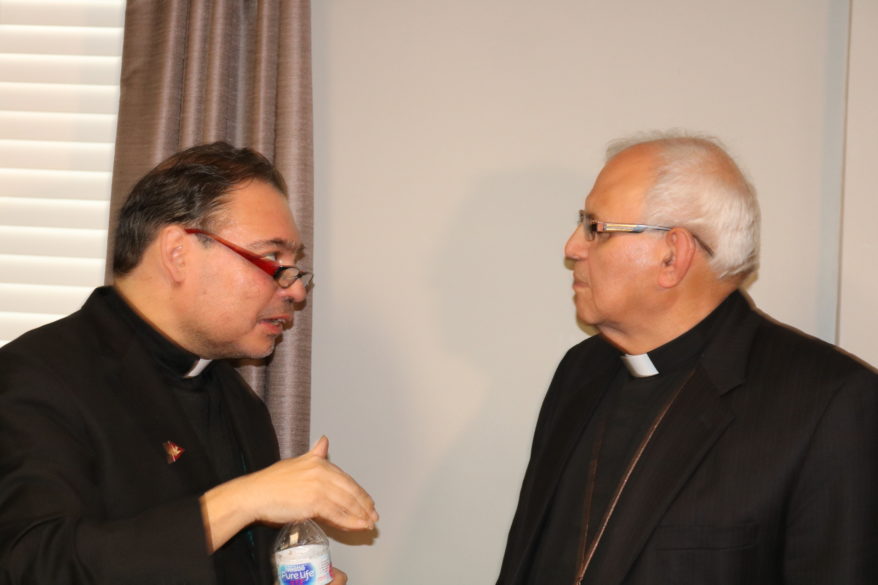By Laura Grisham
WALLS – Sacred Heart school and Holy Family school students left for spring break not having any idea that they would not physically return to their classrooms this school year. Students and teachers have had to find creative new ways to do their regular activities. Many things have been adapted and shared via Facebook. Masses and prayer services, the May Crowning events, even Sacred Heart’s race day were all virtual experiences this year.
Distance learning has been the order of the day for all the children. Some students were well prepared for the change, having used Google Classroom on a daily basis. For others, the transition had a learning curve.
Sacred Heart school principal Bridget Martin shared that the two math and two history courses that offer Carnegie units for high school were a little more difficult to coordinate. These classes had to be introduced on a Zoom conference so students and teachers could meet daily to complete the work. “Due to Virtus and Protection of Children guidelines, teaching assistants are invited to join in the classes each day for two adults to be present. Classes are also password protected,” she said.
Martin explained that as students join the Zoom session, they are stopped in a virtual waiting room. Teachers grant admission as they are recognized. It was noted that this permission-based action has kept hackers and strangers at bay.
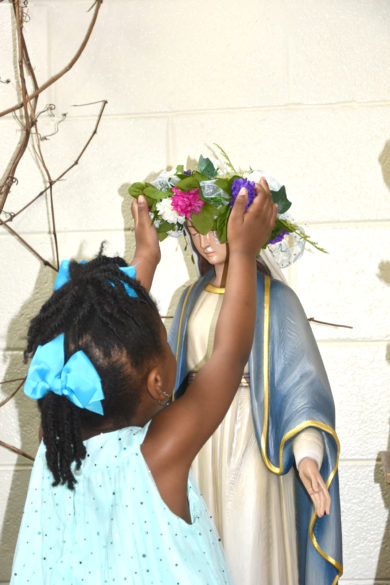
PreK-3 through second grade students have also had a little more of a challenge. “Children that age are not meant to solely learn online,” Martin said. Students with access to technology have been working through an early childhood platform called “Seesaw.”
Unfortunately, some families do not have computers, tablets or internet access. This was especially a challenge at Holy Family school. Parents have made regular trips to the school in order to pick up and return students’ assignments.
As a result of COVID-19, and predictions of possible flare up again this fall, the Diocese of Jackson has required all schools to complete a distance-learning plan. This will be communicated to parents and students in August. Everyone will be trained in the online programs in the event we are away from the school building again when the 2020-2021 school year begins. This way, schoolwork will be immediately accessible.
As the eighth-grade students prepare to be promoted, administrators face yet another challenge: how to celebrate at a distance. Holy Family will honor students at a “drive-in” ceremony of sorts. Sacred Heart school will wait until the end of the month and also laud the students outside.
Teachers, parents and students have worked together to meet the educational challenges presented by the current health crisis – teaching, learning and connecting in a different way. Although they have been apart physically, in a way they have grown closer. By working apart toward a common goal and adapting to finish the school year successfully, they have shared experiences and learned more than they could ever have imagined when the school year began.









